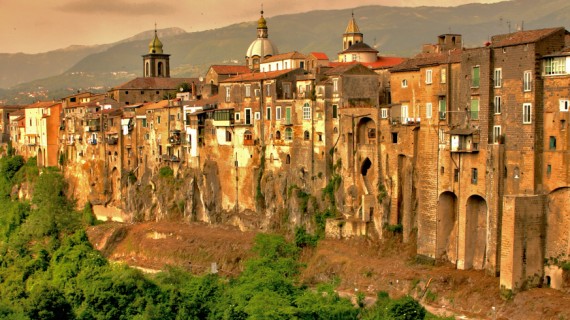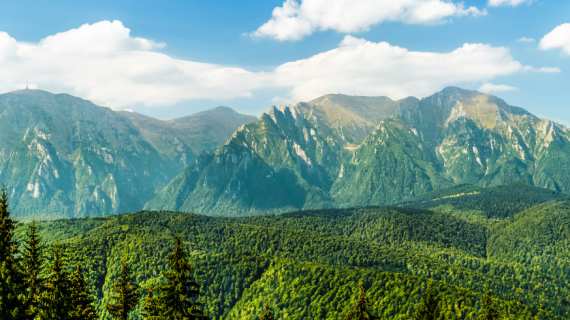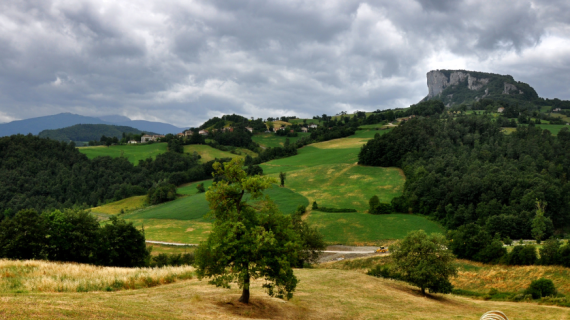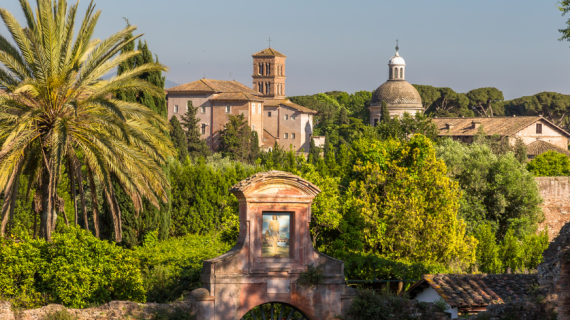In the center there’s the most famous volcano in the world, around it a sunny area with centuries-old crops and breathtaking landscapes. The Vesuvius National Park is an evocative place that you must explore step by step, as well as an unmissable destination for trekking lovers.
It is the smallest National Park in Italy, but don’t be fooled: it includes countless naturalistic lushness and incredible paths, splendid views and many species of plants and animals in places that vary from the sea to the mountains.
What to see in the Vesuvius National Park
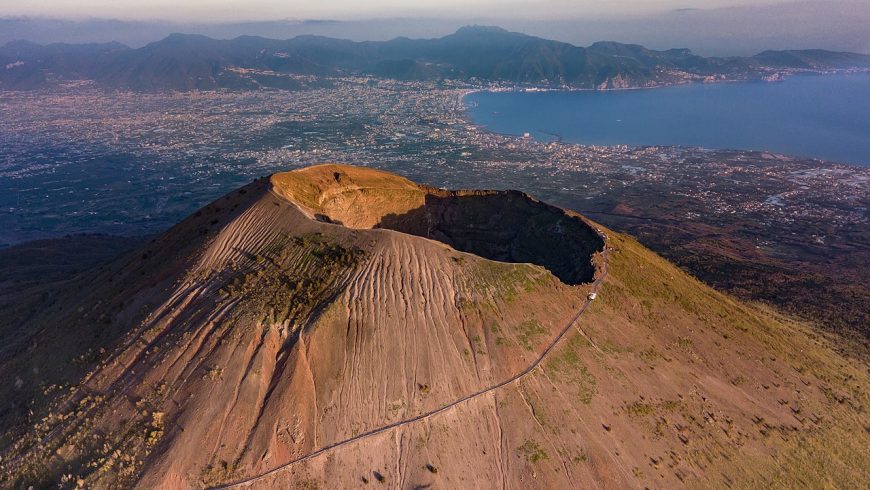
Established in 1995 to safeguard the inestimable value and ecological balance of this territory, the Vesuvius National Park has a lot to offer. Here you can live unforgettable experiences. Mount Somma and the volcano offer a varied nature with landscapes ranging from the city of Naples and its gulf to the Phlegraean Fields, from the Sorrentino Peninsula to the Sarno Valley. The communities that have settled up to its slopes welcome you with ancient traditions and unique flavors.
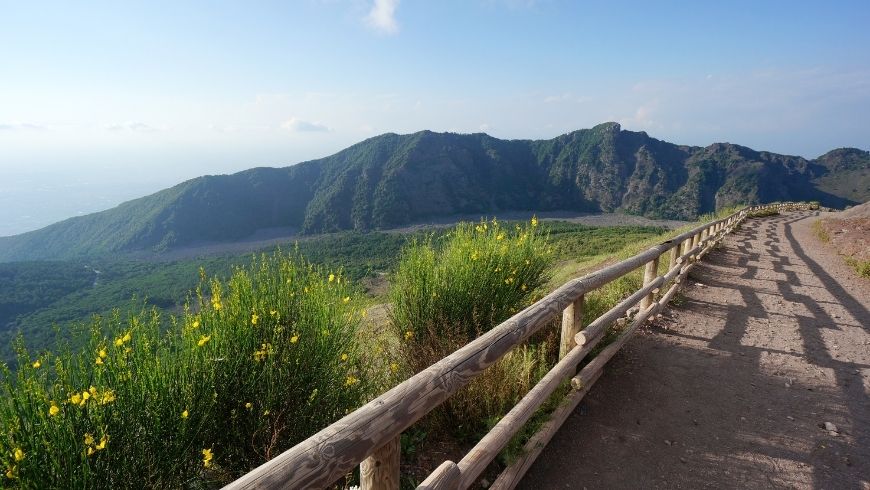
The Volcano is the heart of the Park and its greatest attraction, but not everyone knows that it is surrounded by an external cone. It is Mount Somma, once an active volcano, today the green lung of the Park. In fact, if the Vesuvian territory is more arid and characterized by the scents of the Mediterranean woodland, the one summarizes the Apennines, with dense chestnut and holm oak woods. While exploring the park, you will encounter numerous plant species, from Neapolitan maple to broom, up to 23 species of elegant orchids.
Exploring the history

A nature that goes from lava landscapes to the sea, but not only. In the Vesuvius National Park, you can also retrace history through the archaeological excavations of Herculaneum, its Virtual Archaeological Museum, the Boscoreale antiquarium, and the remains of the Villa Augustea, which stand in one of the most interesting areas from an agricultural point of view. The Vesuvian Observatory is also interesting. It’s the first structure in the world created to study volcanic phenomena in 1841 by Ferdinand II of Bourbon and now home to an exhibition that collects films, iconographic material, and products of the eruptions.
Naturally during your sustainable holiday in the Park you can visit the 13 municipalities that are part of it: there is for example Herculaneum, Trocchia with a picturesque medieval district, Sant’Anastasia, famous for copper craftsmanship, and Somma Vesuviana with the Aragonese walls, the ruins of the castle and the Museum of peasant life.
The animals you can meet

Despite the strong human presence in the Vesuvius National Park, its nature remains partly wild. The proximity to the coast, the climatic conditions, and the great environmental diversity have contributed to the development of an interesting fauna population.
Raise your head and start observing: birdwatching in these areas always gives great emotions. You might find the western marsh harrier, the European roller, a raven, or one of the 90 species present.
During your excursions you may also encounter the mammals that live in these places: for example, the fox, the stone marten, the garden dormouse, and the dormouse.
Typical products of the Vesuvius National Park

Piennolo cherry tomatoes, juicy and sweet apricots, citrus fruits of all kinds, olives, and grapes with an unmistakable scent: the products of Vesuvius are famous all over the world, as well as the beating heart of agricultural tradition not only from Campania but from Italy.
To fully experience this unique place in the world, all you have to do is enjoy a good plate of pasta, sip a glass of Lacryma Christi and learn about its most ancient traditions.
11 trails for 54 kilometers of walking
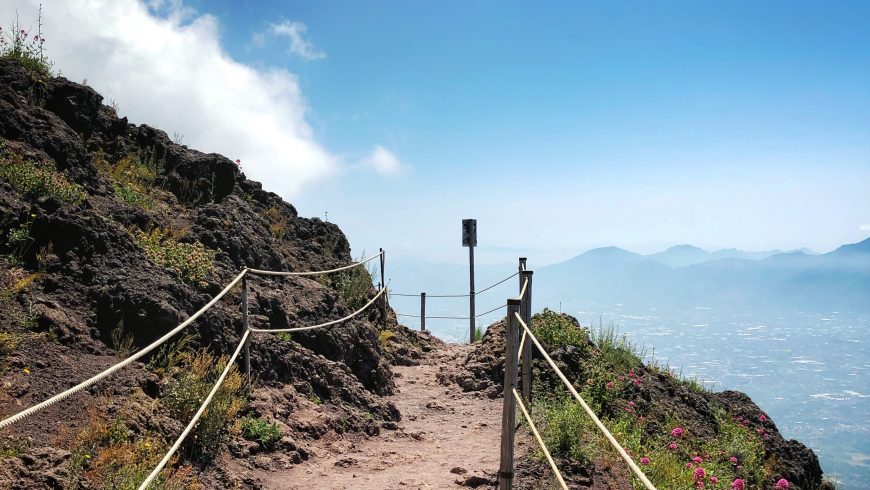
Inside the park, you will find different types of paths, six circular, an educational path, one panoramic, and one agricultural, which will allow you to explore the whole territory kilometer after kilometer. Path n.1, for example, allows you to discover the Valle dell’Inferno and the most representative environments of the protected area, path n.9 allows you to walk on a lava flow surrounded by a lunar landscape, and path n . 5 represents the experience that you can’t miss during a holiday in the Vesuvius National Park. It is the Great Cono path that will allow you to walk along the crater of an active volcano, admiring a boundless panorama.
Your green stay near the Vesuvius National Park
A few kilometers from the park, between the Vesuvius and the sea, there’s the town of Torre Annunziata, where you can book a eco-friendly holiday. Here, in fact, there’s the B&B Il Giardino di Tonia, housed in a nineteenth-century building with a beautiful garden where you can enjoy breakfast and relax.
Cover photo by Canva Pro
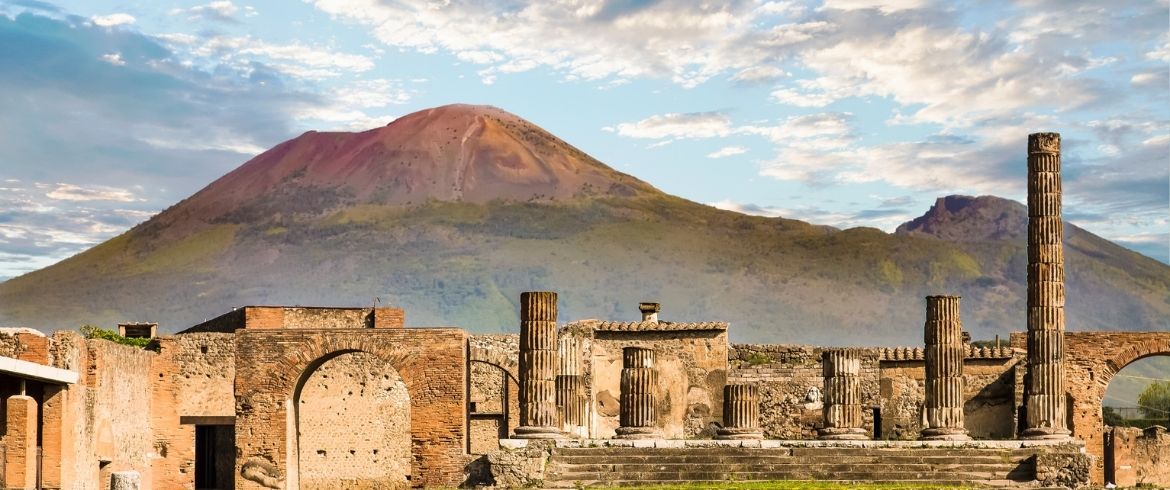
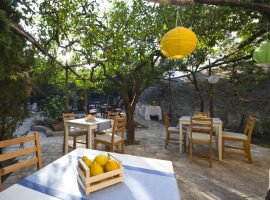
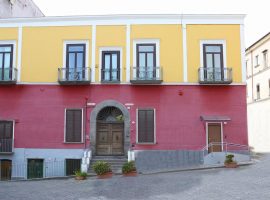
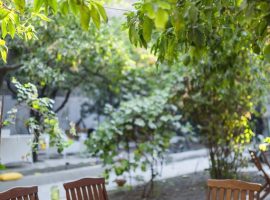
 B&B Il Giardino di Tonia – Green Bed & Breakfast in Torre Annunziata, Napoli, Campania, IT
B&B Il Giardino di Tonia – Green Bed & Breakfast in Torre Annunziata, Napoli, Campania, IT 